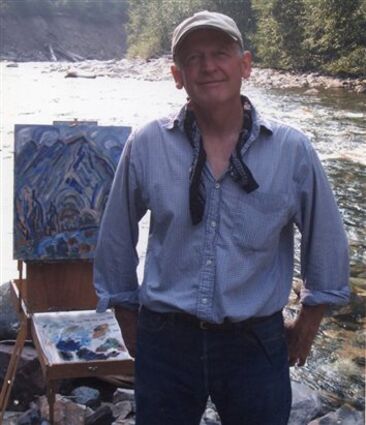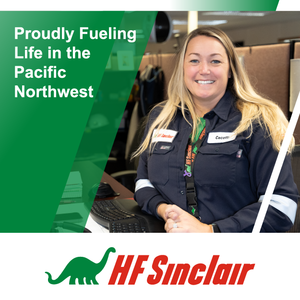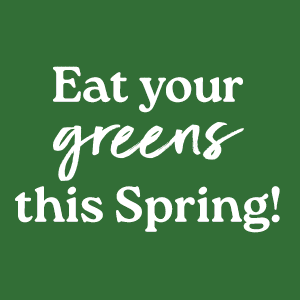The art and life of Ed Kamuda
August 19, 2020
It is with heavy hearts that we must announce that long-time Harris Harvey Gallery artist Ed Kamuda passed away from natural causes on July 31. We will miss EdŌĆÖs quick smile, unassuming nature and dedication to his consummate work.
KamudaŌĆÖs final solo exhibition at Harris Harvey Gallery, ŌĆ£Above and Below,ŌĆØ was held last October. The artistŌĆÖs oil paintings, layered with a palette knife and finished with wax, employ simplified shapes and calligraphic marks to convey the essence of the landscape and its power within the human experience. His is a distinctive symbolic and pictographic style in which form and line are reduced to bold, primitive elements. In both his small oils on board and larger gouaches on paper, KamudaŌĆÖs approach is often playful, but ever sophisticated and expressive of a profoundly spiritual connection to nature.
Born in 1943 in New York City, Kamuda moved to the Pacific Northwest in the 1970s after a stint in the U.S. Navy.

After some early explorations in poetry, he took up painting at the encouragement of artist and neighbor, Guy Anderson.
Kamuda was a self-taught artist.
However, he had an avid interest in the work of past and present artists, poring over art books and engaging in a thriving Skagit Valley artist community.
Eschewing formal artistic training, Kamuda gleaned from artists whose approaches harmonized with his own sensibilities, including Paul Klee and Arthur Dove.
From this range of influences evolved a highly personal artistic vision and style.
Kamuda developed a vocabulary of lines, shapes and symbols to express natureŌĆÖs strength and poetry while hinting at a mystical source.
As critic and commentator Gary Faigin observed in a KUOW radio broadcast: ŌĆ£The common thread in all of these pictures is the artistŌĆÖs experience of the landscape recollected or reconstructed in a sort of reverie, where a set of personal symbols is used like talismans to connect the particulars of experience – a certain tree on a certain day – to something more universal and spiritual, although what that something is exactly isnŌĆÖt quite clear.ŌĆØ
Kamuda exhibited his paintings in Seattle for over 40 years, most notably with Francine Seders Gallery and then, beginning in 2001, at Lisa Harris Gallery, now known as Harris Harvey Gallery.
He was active in the Skagit Valley and Bellingham art scenes for decades.
While living in La Conner, he developed a close friendship with Guy Anderson, occasionally serving as the elder painterŌĆÖs model.
Kamuda is considered part of a second wave of Northwest Masters because of his reverence for the regionŌĆÖs landscape, his evocation of near mystical experience in the Northwest landscape and his close association with Anderson, and other Skagit Valley artists.
Former Museum of Northwest Art Curator Barbara James wrote, ŌĆ£In the ŌĆśIntimate UniverseŌĆÖ paintings of Ed Kamuda, an invisible dream track seems to exist to some recovered reverie where one sings into existence a dark tree, a red house, a luminescent plant, perhaps the Ukrainian-Polish towns of his familyŌĆÖs origin or the imagined Warsaw where his father lived.
Certainly not the New York City of Ed KamudaŌĆÖs birth.ŌĆØ
In 1995, Kamuda was honored with a solo exhibition at the Museum of Northwest Art. In 1999, he was included in the Whatcom Museum of History and ArtŌĆÖs ŌĆ£Beyond the Horizon: Artists of the Rural Landscape.ŌĆØ The artistŌĆÖs work is featured in the book, ŌĆ£In the Valley of the Mystic Light by Claire Swedberg and Rita Hupy and was part of the exhibition of the same name at the Skagit County Historical Museum in 2017.
His work was included in recent exhibitions at the Museum of Northwest Art, ŌĆ£Especially Special: A Celebration of Betty Black and Her Collection of ArtŌĆØ and ŌĆ£Barn Show Exhibition.ŌĆØ The book The Barn Shows 1987 - 2003 by Lavone Newell-Reim includes Kamuda as one of the core group of artists in its history of the Skagit Valley artist community.
His work hangs primarily in private collections in the region and several schools through the Washington State Art in Public Places Program.
His work was included in the former SAFECO Insurance collection given to the Washington Arts Consortium and then eventually to its member museums.
Harvey and Harris own Harris Harvey Gallery in Seattle.





Reader Comments(0)